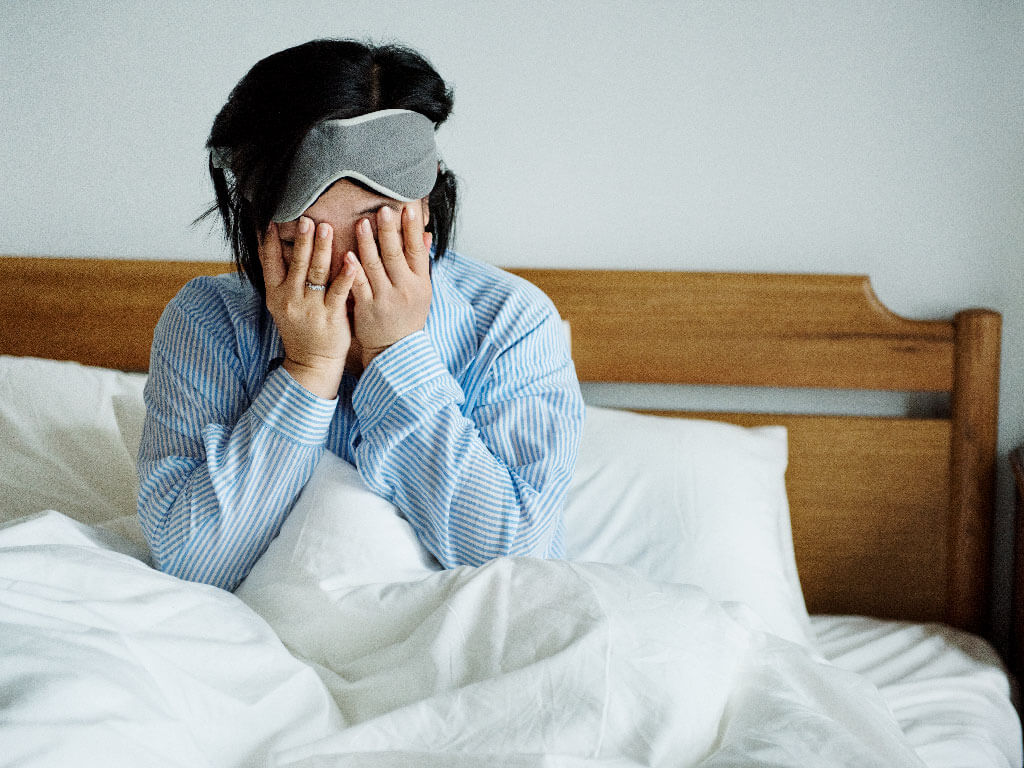Over 18 million Americans suffer from sleep apnea, and about 80% of those cases are undiagnosed, which can have serious consequences. Sleep apnea is a potentially serious sleep disorder in which breathing repeatedly stops and starts. If left untreated, sleep apnea can lead to high blood pressure, heart disease, weight gain, memory problems, and more. It may be responsible for job impairment and motor vehicle accidents.
Signs of Sleep Apnea
In most cases of sleep apnea, you will not be aware of your breathing stoppages, even though these stoppages can happen hundreds of times during the night and sometimes for over a full minute. If you feel like you have sleep problems, you may be one of the millions of Americans who suffer from sleep apnea. There are three main types of sleep apnea:
· Obstructive sleep apnea. This is the most common type, occurring when the throat muscles relax.
· Central sleep apnea. This type occurs when the brain does not send proper signals to the muscles that control breathing.
· Mixed sleep apnea. This is a combination of obstructive and central sleep apnea.
The symptoms of obstructive and central sleep apnea types overlap, which sometimes makes it challenging to determine which type of sleep apnea a patient may have. The most common signs of obstructive and central sleep apneas include:
· Loud snoring
· Breathing stoppages while sleeping, usually reported by another person
· Difficulty staying asleep
· Dry mouth upon waking
· Headaches upon waking
· Excessive daytime sleepiness
Sleep Apnea Cures and Treatments
Your doctor might make an evaluation of your sleep apnea based on your symptoms and sleep history. Your doctor is likely to refer you to a sleep disorder center for a sleep test. A sleep specialist can help determine your need for further evaluation.
During the sleep test, your doctor will monitor your breathing and other body functions as you sleep. You will be hooked up to equipment that monitors your heart, lung, and brain activity. Your breathing patterns, arm and leg movements, and oxygen levels will also be monitored. Sometimes, your doctor will provide you with a home sleep test, which is a simplified version, to diagnose sleep apnea.
If you have a sleep apnea diagnosis, there are a variety of next steps to treat your symptoms, depending on the severity of your sleep apnea.
· For milder cases of sleep apnea, your doctor may recommend a lifestyle change, such as weight loss. Allergy treatments and smoking cessation also may be recommended.
· For severe sleep apnea, your doctor may recommend a sleep apnea device to open up a blocked airway. There are a few different devices your doctor may recommend:
o A CPAP (continuous positive airway pressure) blows air down the throat at night to keep the airways open.
o A MAD (mandibular advancement device) is a mouth guard that eases forward the lower jaw.
o A tongue retaining device holds the tongue in place to keep the airway open.
· In some cases, sleep apnea surgery is recommended. Surgery for sleep apnea removes excess tissue in the throat to make the airway wider.
If you think you might suffer from sleep apnea, talk to your doctor. Although millions of Americans suffer from sleep apnea, most cases remain undiagnosed due to lack of awareness by the public. Treatment for sleep apnea can ease your symptoms and can prevent serious future complications.




